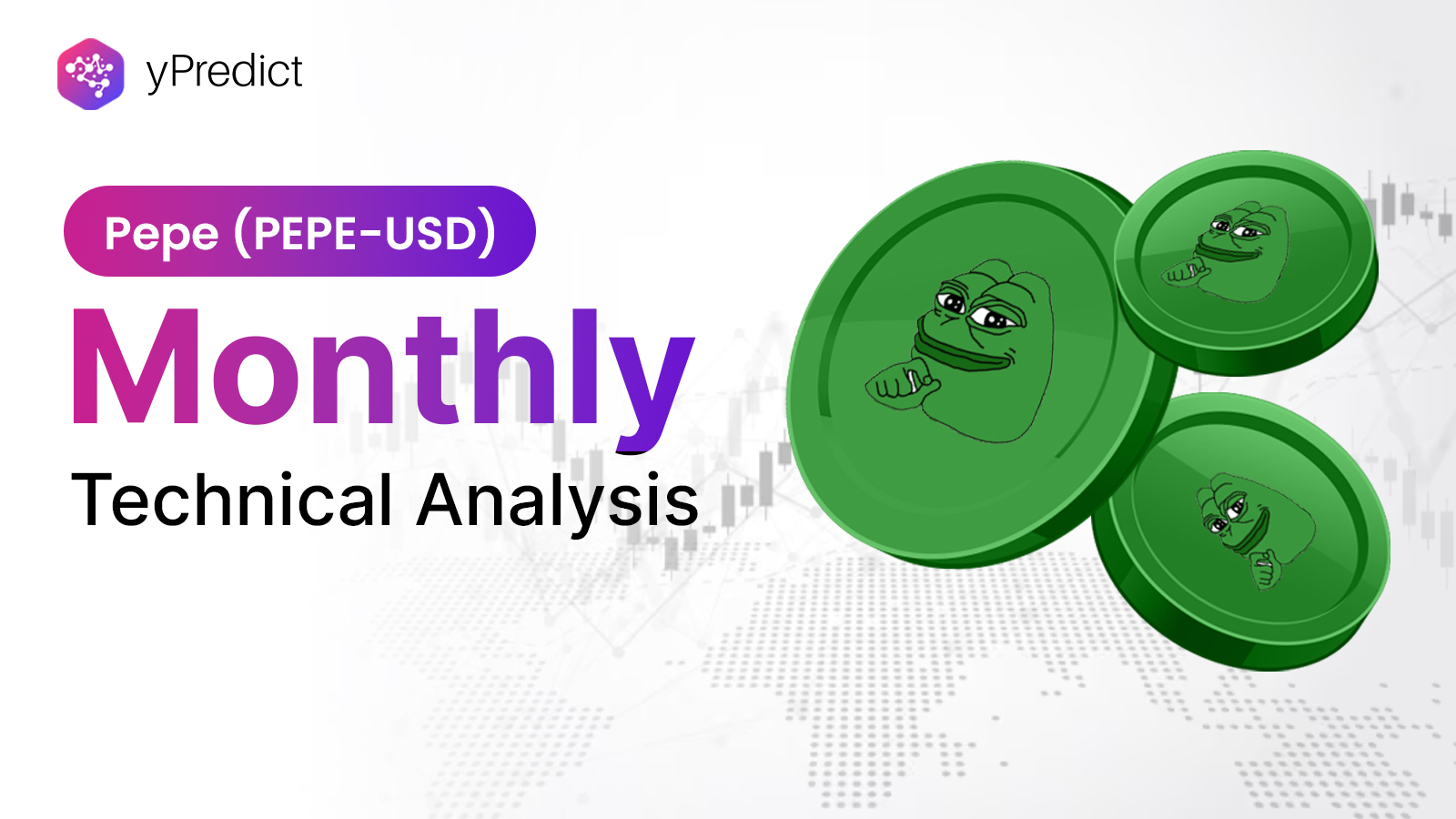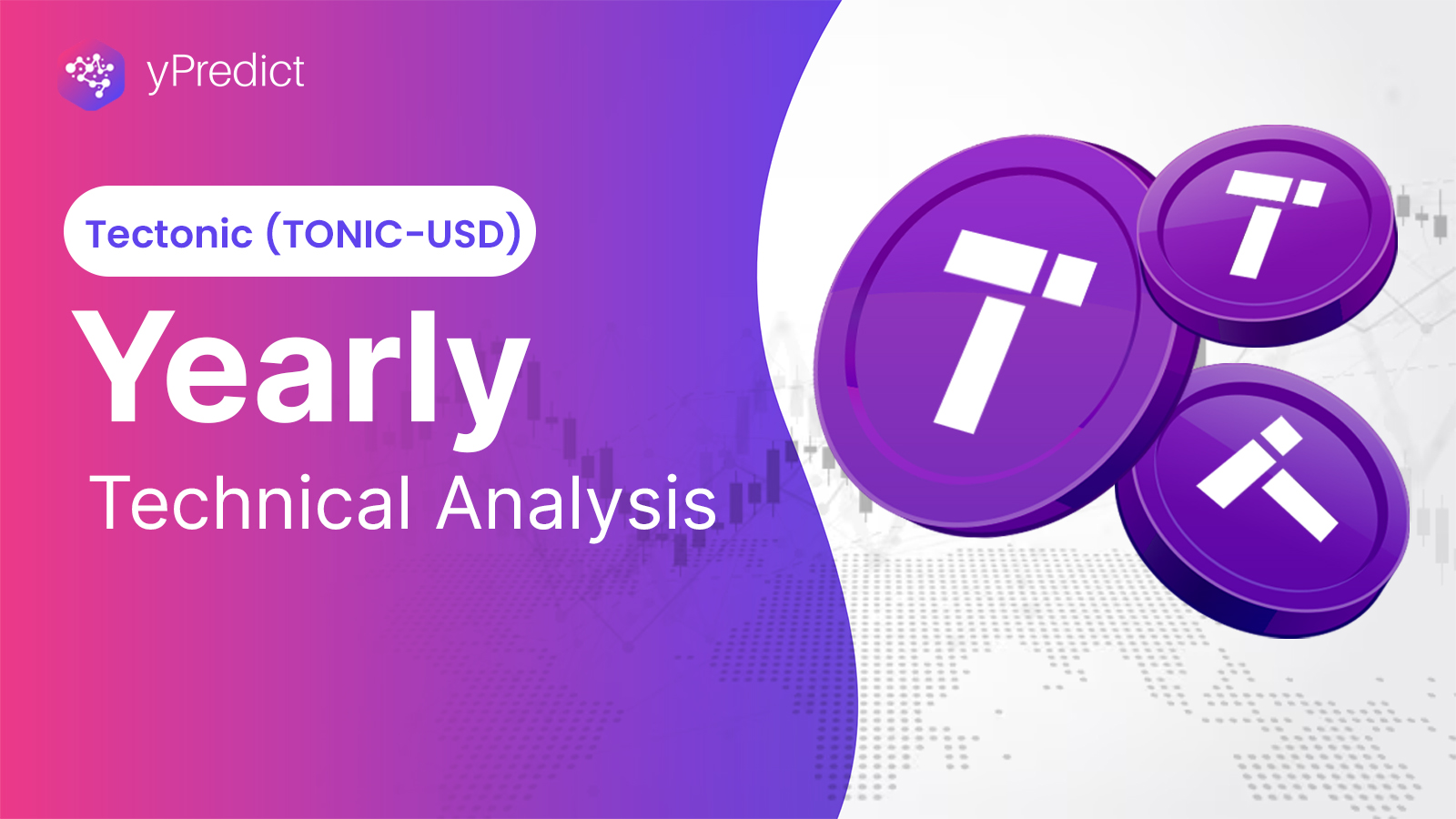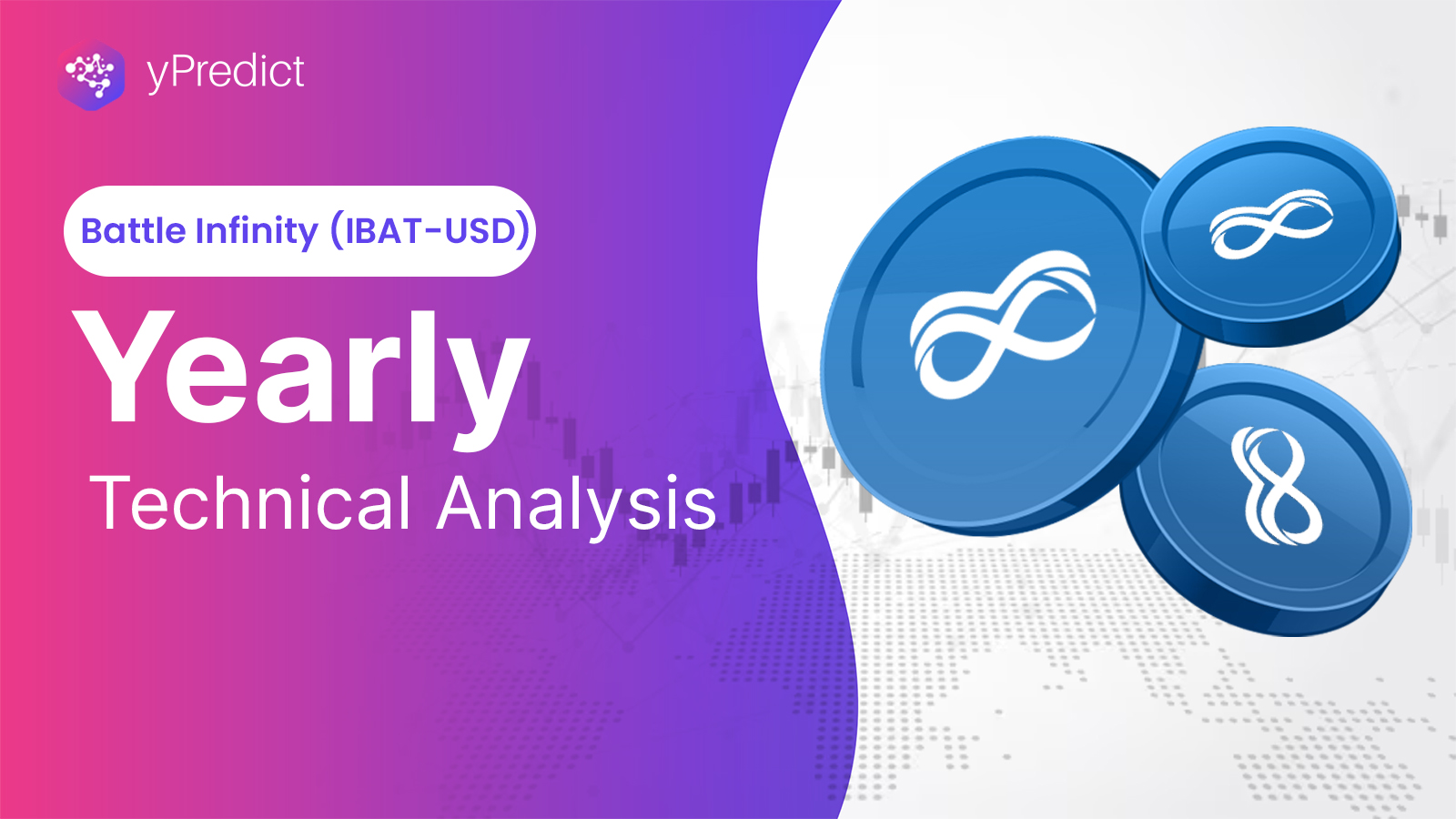One of the most popular and effective ways of profiting from mining cryptocurrency, especially Bitcoin, is to get reliable and effective mining hardware. You can configure the hardware to cloud-based crypto mining pools and generate profits. If you are a crypto miner and a blockchain geek looking at mining Monero (XMR) the new age way, mining hardware can be quite beneficial to start mining.
Dive into this article to learn more about Monero mining hardware, what these machines are capable of, and some detailed ins and outs of solo mining here.
What is Monero Mining?
Monero is a decentralized, open-source, blockchain-based cryptocurrency that has grown in popularity for its extraordinary privacy features. Over the years, it has been one of the best-performing cryptocurrencies regarding operation, market capitalization, and trading profitability values.
Like all other cryptocurrencies with Proof of Work (PoW) consensus, Monero must be mined digitally to keep the network secure, stable, and running. Unlike traditional money, cryptocurrencies do not need a bank, issuing authority, or other institutions to keep records of transfers. Miners have replaced that role in this ecosystem. People who maintain the Monero network can validate transactions within the network. All validated transactions are recorded in digital files known as blocks, which are created through the Proof of Work process. To reach the answers, bitcoin miners must solve certain complex puzzles. Once the miners get to the answers, they can create new blocks and win block rewards in the form of newly created Monero (XMR) tokens.
In the Monero world, miners are the leading players. They can enable transactions and transfer of value on the network. They solve puzzles to create new blocks, which help in expanding the network. They also get block rewards in the form of Monero coins which are a crucial addition to the supply of new coins.
All transactions on a blockchain network are time-bound. A set of transactions is accumulated in a single block, and each new block is linked to the previous one. This creates a chain of blocks. Miners can now know which transactions are legitimate. They can also record the credit and debit in the Bitcoin cash sender and receiver’s wallet. This enables the sender to spend the coins again.
Best Monero Mining Hardware
Monero mining does not require any particular machine or additional equipment. It can be done through any operating system on your personal computer, like Windows, Linux, Android, etc. CPU (central processing unit) or GPU (graphics processing unit) mining is one of the easiest ways to start a Bitcoin mining machine. It just needs a computer with a standard configuration and a suitable PC processor. ASIC miners cannot do it.

The process is quite simple. You have to open a cryptocurrency wallet, get crypto mining software, enter the code and your wallet address, and then you will be good to start.
Ways of Hardware-based Monero Mining
Types of Monero mining can be distinguished into four parts based on the type of hardware used.
CPU Mining
You can mine Monero using your computer’s Central Processing Unit (CPU). You need a laptop and a mining software program for Bitcoin mining. However, drilling through the CPU can sometimes be slow.
GPU Mining
This process of mining Monero involves a Graphics Processing Unit (GPU). It has become one of the most popular ways to mine Monero. Miners can either have different mining pools and use one GPU or create a mining rig involving several GPUs. Building a mining rig will require a rig frame, a motherboard, and a processor.
ASIC Mining
This process involves an Application-Specific Integrated Circuits (ASIC) crypto-mining machine mining Monero. This method can let you mine vast amounts of Monero. However, it does not have much power efficiency. It uses a considerable amount of electricity.
Cloud Mining
Cloud mining is a viable option for miners who do not want to invest in hardware. Under this method, miners can rent a mining rig from a Bitcoin mining hardware or facility. You pay a price for that, which has to be paid in advance. Mining rewards are then transferred directly to the wallet of the miners. Miners cannot change the hardware and software used.
The Best Monero Mining Machines
All you need for the best Bitcoin mining hardware for Monero is quality hardware with a suitable power adapter. Such a device will operate around the clock. That is why you need a power adapter that ensures a high-quality power supply for more security. You could put a little more money into getting a device that will not overheat or have a blue screen. Apart from a CPU, you will also need a suitable RAM, motherboard, hard drive, monitor, keyboard, power consumption, etc., to build an entire system to start mining.
Best CPU for Mining Monero
CPUs play a significant role in the development of mining Monero or any other cryptocurrency. We have listed some of the best CPUs to make your decision and purchase easy.
AMD Threadripper 3960X
The AMD thread ripper 3960X is the best option for CPU for those on a mid-budget. This sub-$1,500 workstation processor provides a hash rate of 23 kH/s and contains 48 processing threads. It comes with a power draw of 280W. It has 24 cores and is excellent value for money. It costs $2000
AMD Threadripper 3990X
One of the best Monero mining CPUs is the AMD Threadripper 3990X, but the quality is expensive. It costs $5,000. This device can perform very efficiently when used the right way. It uses the XMRig 6.3.5 algorithm to provide hash rates from 43 to 64 kH/s. It has 128 processing threads and 64 cores. It comes with a power drawing capacity of 280 W.
AMD EPYC 7742
The AMD EPYC 7742 is one of the fastest and most efficient server processors to mine Monero. It provides a hash rate of 29 kH/s and a high power consumption and capacity of 225 watts. It has 128 threads. It costs $1,500.
AMD EPYC 7502P
The AMD EPYC 7502P 2.5 GHz is one of the best processors for mining XMR. It is one of the highest-speed processors that cost around $2,600. It has 32 cores and provides up to 23.9 kH/s. It runs with the RandomX Monero algorithm on Linux OS.
AMD’s Ryzen Threadripper 3970X
If you do not prefer Linux, this can be your go-to option. It has 32 cores and can mine monero at 19.9 kH/s. It is available for $2,000
However, if you are on a budget, the above processors can be heavy on your pocket. In such a case, you can go with the Intel Xeon E5-2670 v3, a low-cost option. It is a discontinued product so you can get it for as low as $133. Its processor operates at 11.4 kH/s.
Best GPU for Mining Monero
We have listed some of the best-performing GPUs in the market for mining Monero. Performance data reflects that the more expensive devices may not generate more profits. Emphasis should be laid on power consumption and energy efficiency. These parameters are essential for generating more profits. It is not just the price that will determine gains and income. Affordable options can also fulfill these parameters.
NVIDIA TITAN RTX
This device provides a hash rate of 17 kH/s and has an estimated power consumption capability of 185W. It costs $2,800.
AMD RADEON VII
This hardware has a hash rate of 17 kH/s and a power drawing capacity of 280W. It costs $2,000.
ASUS STRIX RTX 2080TI
The Asus GPU machine that costs $1,300 provides a hash rate of 14 kH/s and has a power drawing capacity of 150W.
AMD RADEON Vega 64
This hardware has a hash rate of 11 kH/s and power consumption of 195W. Its price is $700
1080TI KINGPIN GPU 2012MHZ
This machine can provide hash rates up to 11 kH/s and a power drawing capacity of 260W. It comes to $1,600.
Factors to Consider while Selecting Monero Mining Hardware
Various factors are to be considered while selecting a Monero mining hardware company. The primary emphasis should undoubtedly be on making profits. How much profit a miner will be able to generate depends on a lot of factors.
One of the most critical parameters in this regard is your budget and the cost-effectiveness of the device. In addition to the cost of the machine, you also have to buy other parts to build a complete system. This will include RAM, motherboard, monitor, keyboard, etc. Miners also have to join a mining pool which will again involve an additional charge. The hash rate and compatibility of your device with mining software are other important parameters that must be considered.
Miners also have to bear electricity charges. Such hardware mining machines and their cooling systems operate on electricity. Thu, it is good to go for a hardware option that offers energy efficiency.
The Bottom Line
In comparison to Bitcoin, you can mine an unlimited number of Monero. The Monero ecosystem ensures continuous adjustment of difficulty and PoW procedures. This makes way for stability and anonymity in the network.
Indeed, there are differences in Bitcoin mining through CPU and GPU. However, compared to graphic cards, processors are more sensitive to power consumption, RAM, mining software optimization, etc. Your regular processors can offer reasonable hash rates. On the other hand, mining through GPU can ensure you a hefty profit. You need to make sure your machine is energy efficient.
Miners may have different choices as per their experience. Some miners prefer GPU mining, while others are good with the CPU method. However, while choosing hardware for Monero mining, your first consideration should be the budget and the market reviews of the device.
FAQ’S
Q: Which GPU is best for Monero mining?
A: Some best-performing GPUs are NVIDIA TITAN RTX, AMD RADEON VII, ASUS STRIX RTX 2080TI, AMD RADEON Vega 64, etc.
Q: How do mine 1 Monero per day?
A: As per research and review, 0.00676981 Monero can be mined daily with a hash rate of 42,000.00 H/s.
Q: Which Monero mining pool is the most profitable?
A: Regarding the hash rate, Nanopool is quite solid and profitable.
Q: What is the hash rate for one Monero?
A: The current hash rate for one Monero is 2.68 gH/s.
Glossary
CPU – Central Processing Unit, the main computer system processor that can be used for mining Monero.
GPU – Graphics Processing Unit, a specialized processor designed to handle graphics operations, can also be used for mining Monero.
ASIC – Application-Specific Integrated Circuit, a specialized hardware device designed specifically for mining Monero.
Hash Rate – The speed at which a mining hardware device can perform cryptographic operations, measured in hashes per second.
Mining Rig – A specialized computer system of hardware components for mining Monero.
Power Consumption – The amount of electrical power a mining hardware device uses, usually measured in watts.
Hashing Algorithm – The mathematical formula used by Monero to secure its blockchain network and validate transactions. Monero uses the CryptoNight algorithm.
Mining Pool – A group of miners who combine their computing power to mine Monero more efficiently and share the rewards.
H/s – Hashes per second, a measure of the number of cryptographic hashes a mining hardware device can perform in a second.
Power Supply Unit (PSU) – A component that converts AC power from the wall outlet into DC power that mining hardware devices can use.



